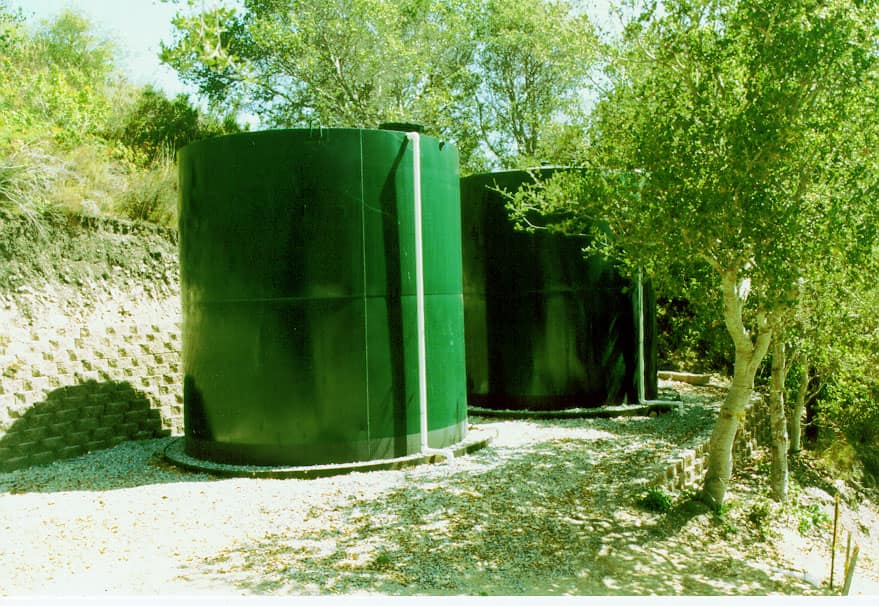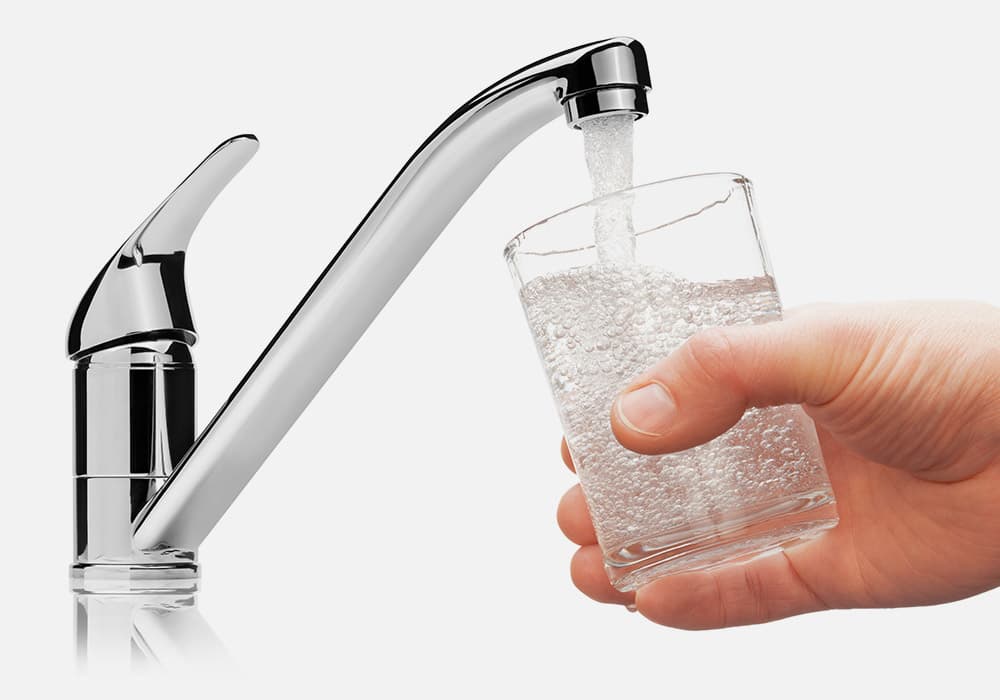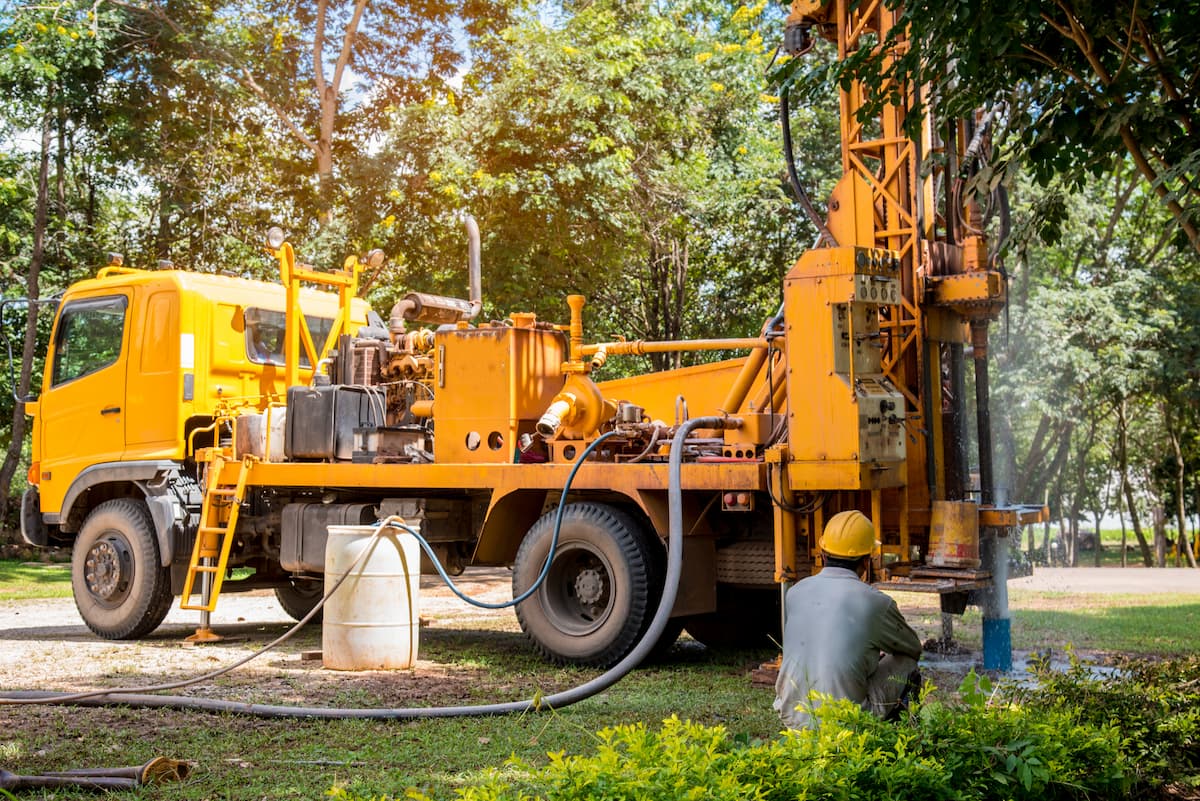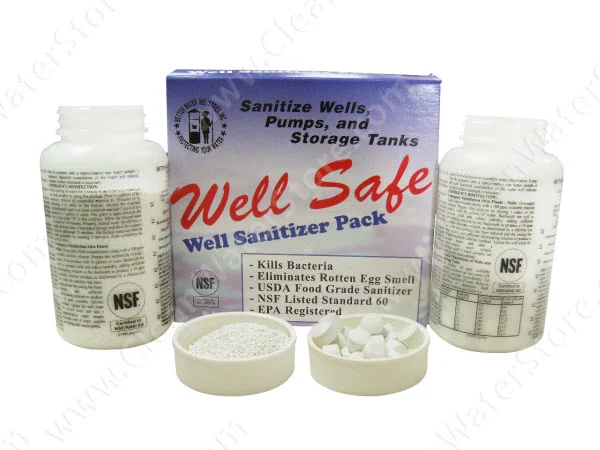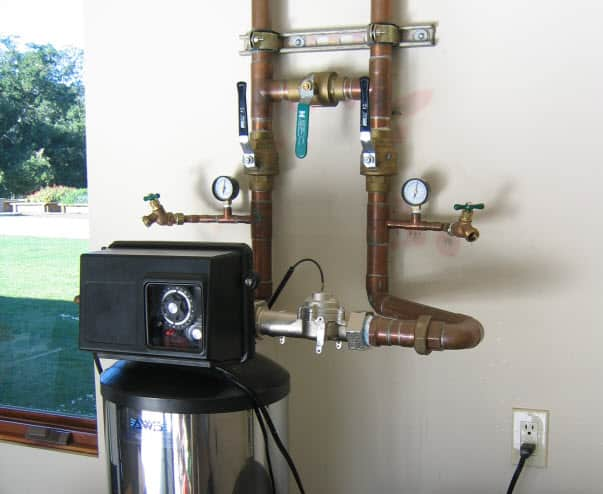UV Light Water Treatment
As you may have noticed, most of our customers write to us with questions about well water. Lately, though, we have been receiving some interesting questions about alternative water sources.
Last week we answered a letter from a reader who wanted to neutralize the acidity of rainwater collected in his cistern. This week, we received a letter from a customer who wanted to know the best low-cost method for disinfecting spring water with ultraviolet light.
Here's our answer:
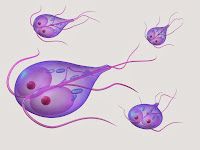
We recommend a Wonderlight GN-15 for your application. These low-cost sterilizers are rated for 15 gallons per minute, are NSF-certified, and will completely destroy bacteria like Giardia and E. coli.
Wonderlight sterilizers are easy to install and use, long-lasting (their UV lamps are rated for 9000 hours of use), and efficient (pressure drop of less than 5 PSI at a flow rate of 12 GPM).
Note that water should be low in hardness and free of iron, manganese, and sediment before being disinfected with UV light. If you already have pre-filters, all you'll need is to install the UV sterilizer at the end of your system, just before the water enters your house.
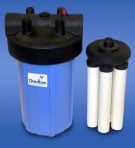
If not, we recommend installing Big Blue dual grade filters before your UV system.
A 50/5 micron cartridge filter followed by a 25/1 micron cartridge filter should do the trick, though if your spring water is exposed to air we recommend using a Doulton Rio ceramic filter instead of the 25/1 filter, as the Doulton is very good at removing giardia and other bacteria.
Doulton filters use silver-impregnated ceramic to inhibit the growth of bacteria and imbue the filter with self-sterilizing properties; this means you won't have to boil it to remove impurities from the ceramic pores, as you might with other filters.
We hope this helps you find the right UV sterilizer for your spring water. If you'd like, see our Practical Guide to Ultraviolet Sterilizers for more information.
If you have any further questions about ultraviolet treatment (or otherwise) you can reach us at [email protected], on Facebook, or through our online contact form.




